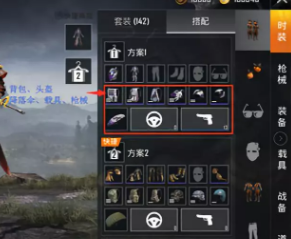digital currency marketplace- Top People also ask
Today, there is indeed a high opening, but the range of high opening is not as significant as that on October 8. Assuming that today's market is close to the daily limit, then more investors will choose to flee, and their actions will be more decisive. However, many stocks only opened 3%-5% higher, which failed to meet the psychological expectations of some investors, so they chose to continue to wait and see.If you are a "steady investor", it is suggested that you don't rush to act first, and then make moves after seeing the situation clearly to ensure the margin of safety.Today, there is indeed a high opening, but the range of high opening is not as significant as that on October 8. Assuming that today's market is close to the daily limit, then more investors will choose to flee, and their actions will be more decisive. However, many stocks only opened 3%-5% higher, which failed to meet the psychological expectations of some investors, so they chose to continue to wait and see.
Looking back at today's market performance, why are some people still unable to lighten their positions in time? Why are there differences between the trading plan and the actual behavior? From a professional point of view, this involves a concept, that is, "psychological account", also known as "expected income".Today, there is indeed a high opening, but the range of high opening is not as significant as that on October 8. Assuming that today's market is close to the daily limit, then more investors will choose to flee, and their actions will be more decisive. However, many stocks only opened 3%-5% higher, which failed to meet the psychological expectations of some investors, so they chose to continue to wait and see.For me, this wave is done again. Tomorrow, a new journey will be started.
The core of value investment is to buy undervalued sustainable assets, time is your friend and impulse is your enemy = stable investor.Looking back at today's market performance, why are some people still unable to lighten their positions in time? Why are there differences between the trading plan and the actual behavior? From a professional point of view, this involves a concept, that is, "psychological account", also known as "expected income".If you are a "steady investor", it is suggested that you don't rush to act first, and then make moves after seeing the situation clearly to ensure the margin of safety.
Strategy guide 12-13
Strategy guide 12-13
Strategy guide 12-13
Strategy guide
12-13
Strategy guide 12-13
Strategy guide
12-13
Strategy guide 12-13
Strategy guide
12-13






























